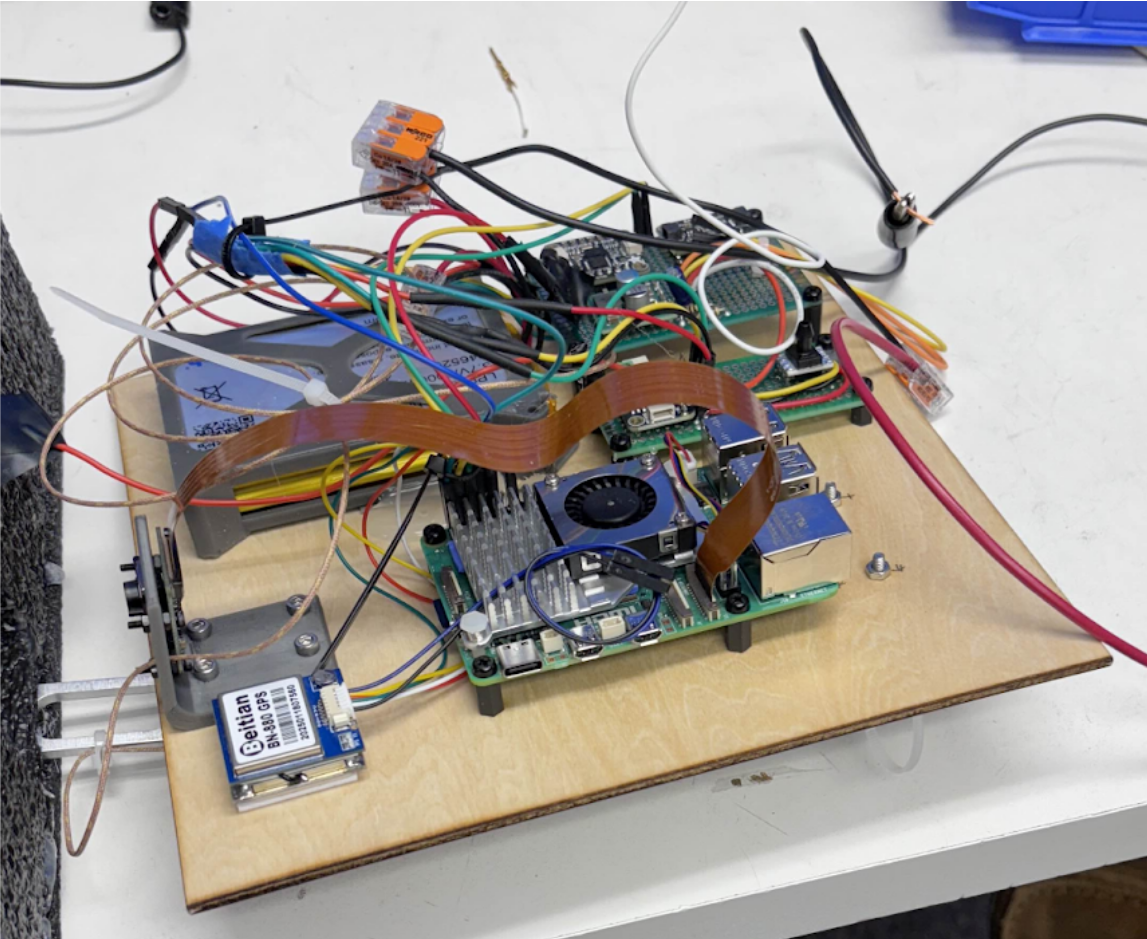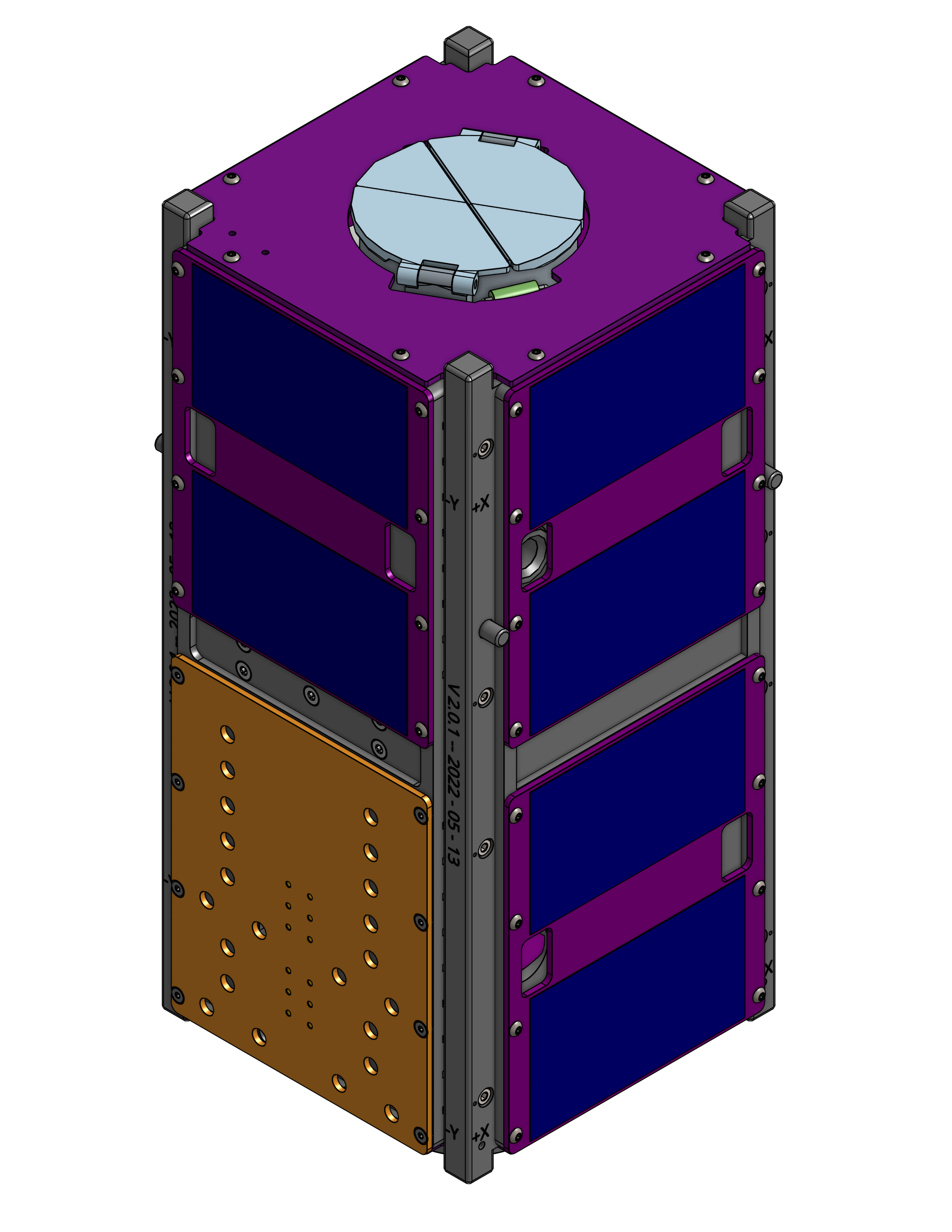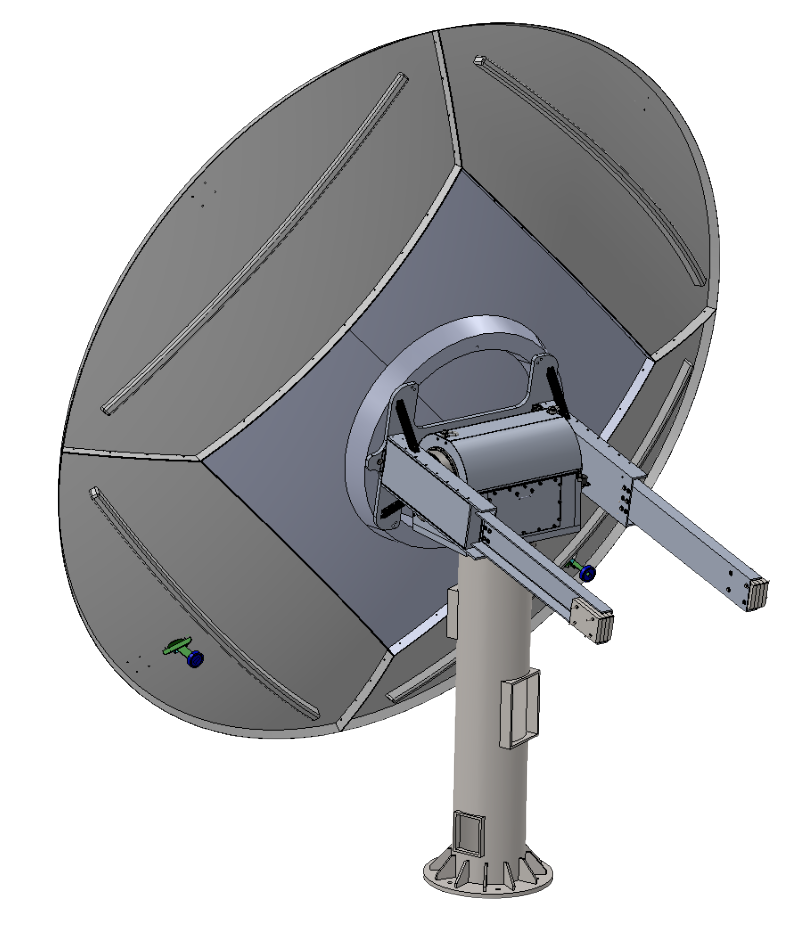HAB
Active TestingHigh Altitude Balloon Testing
Testing spacecraft components and systems using high altitude balloons as a cost-effective platform for near-space environment validation.

High altitude balloon payload system with sensors and electronics
High Altitude Balloons for Testing Components
High altitude balloons are common tools that scientists and students like us use worldwide to explore the atmosphere. These balloons are made from latex - similar to birthday balloons! - but instead of just floating around for fun, they carry scientific equipment high into the sky.
Our balloon missions serve as a cost-effective testing platform for spacecraft components, allowing us to validate systems in the near-space environment before committing to more expensive satellite missions.
HAB Flight 1 - May 17th, 2025
The last Saturday of the semester, May 17th at 9 in the morning, a group of Colorado Students launched a balloon to carry sensors to the edge of space (~100,000 ft).
Mission Overview
Our balloon was a 600-gram latex sphere filled with about 80 cubic feet of helium gas, designed to reach the stratosphere and test our payload systems in a near-space environment.
Our Payload System
Our system utilizes a Raspberry Pi 5 as its central processing unit, which is powered by lithium-ion batteries. The comprehensive sensor suite includes:
Imaging Systems
- Camera for video recording and Earth observation testing
Environmental Monitoring
- Pressure sensor for altitude measurements
- Internal temperature sensor for ambient conditions monitoring
- External thermocouple for precise temperature readings
Navigation and Orientation
- GPS receiver for position tracking and navigation validation
- IMU (Inertial Measurement Unit) for acceleration and rotation data
- Magnetometer to determine magnetic field orientation
This comprehensive sensor suite allows us to monitor and store various environmental parameters during flight, providing valuable data for future spacecraft system design.
Mission Preparation
Pre-Flight Testing
Our team prepared meticulously for the flight by conducting extensive testing of our sensor software to ensure proper functionality. We then assembled and integrated the insulation systems and mounting points onto the structure.
Launch Day Preparation
The night before launch, we carefully prepared the parachute system and decorative streamers that would be used during the mission. All necessary tools and equipment were organized and packed for transport to the CSU-CHILL radar facility.
Collaboration and Clearances
On launch day, our team collaborated with CSU-CHILL personnel and Patrick Kennedy, a retired meteorologist with high-altitude balloon experience, to obtain necessary clearances from the local Greeley airport authorities.
Quality Control
To ensure mission reliability, we followed strict contamination protocols using tarps and gloves during the balloon assembly process. This careful approach helped prevent potential skin oils from compromising the latex balloon’s integrity.
Meanwhile, our payload team worked diligently to validate all electronic systems throughout the entire preparation period, continuing their checks until just before the balloon’s release.
Educational Value
HAB missions provide invaluable hands-on experience in:
- Systems Integration: Combining multiple sensors and electronics into a cohesive payload
- Environmental Testing: Understanding how components perform in extreme conditions
- Mission Operations: Planning, executing, and monitoring real aerospace missions
- Data Analysis: Processing and interpreting flight data for system validation
- Project Management: Coordinating complex multi-disciplinary projects
Acknowledgments
A Special Thanks To:
- Dr. V Chandrasekar for his support of the Open Orbit Team as faculty advisor
- Pat Kennedy for sharing his experience flying weather balloons
- James Tillotson for enabling our balloon to fly on schedule
- CSU-CHILL personnel for facility support and collaboration
Mission Impact
Our HAB program serves as a crucial stepping stone toward our ultimate goal of building and launching a small satellite. By testing components and systems in the near-space environment, we can validate our designs and reduce risks for future orbital missions while providing real aerospace education opportunities for students.
Technologies
Key Features
- Near-Space Testing
- Component Validation
- Atmospheric Research
- Cost-Effective
External Links
Explore More Projects
Discover our other innovative space technology projects and research.
View All Projects
